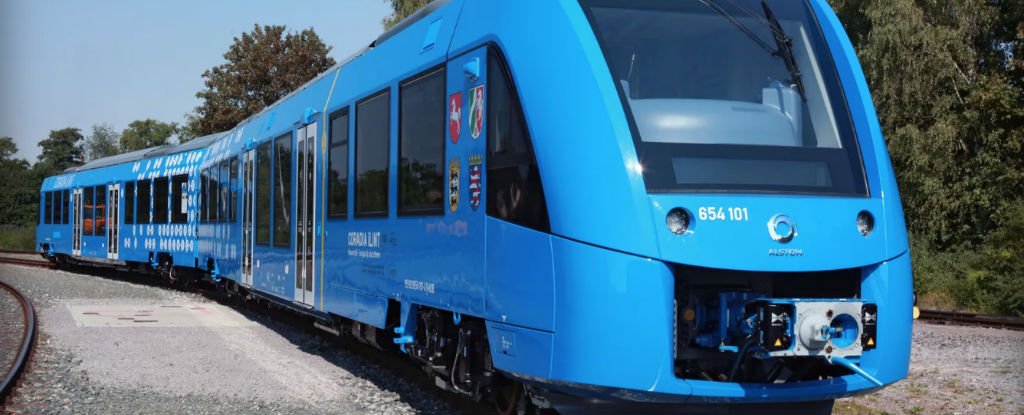First Zero Emission Hydrogen Train
March 23, 2017 | Expert Insights

When will we see the widespread use of the train?
The world’s first zero emission hydrogen train was unveiled in Germany on the 22nd of March. It is called the iLint. A fleet of these passenger trains are set to go into service in the country over the next year. The Bundestag has announced plans to phase out transportation that uses petrol in favor of electric transport by 2030.
How does the Train work?
The train is motorized by a hydrogen fuel container on its rooftop. The fuel cell is abounding with hydrogen and oxygen from the air, which it transforms into electric power.
The system is also backed up by lithium batteries, which stockpile the surplus energy to later supply the train when needed.
The iLint on a full tank, which requires about 94 kg per car, the hydrail can operate for an entire full day, or travel up to 800 km. Its top speed is reportedly 140 km/h (87 mph). Hydrogen-powered technology for trains has been around for just over a decade now, but rather than being used to ferry us humans around, full-hydrogen and hybrid versions have so far only been used in the freight industry.
What are Germany’s other plans for a sustainable future?
Trains do not contribute that much to overall carbon emissions so this shows Germany’s commitment to cutting down the amount of Carbon they produce every year. They are also testing out one of the futures of the transportation industry in the form of Hydrogen based machines. In certain months in 2016, an astronomical 95% of their power needs were met by renewable resources.
They are leading the way for other developing and industrializing nations to show that in the quest for growth, the environment does not need to suffer. They hope to grow and average a 60% share of renewable energy sources by 2050.
Assessment
In order to meet the standards, set by the Paris accords of 2016, Countries must begin adopting methods that guarantee a reduction in Carbon emissions. Germany is setting the standard by implementing technology and not sacrificing their industrial supremacy.








Comments